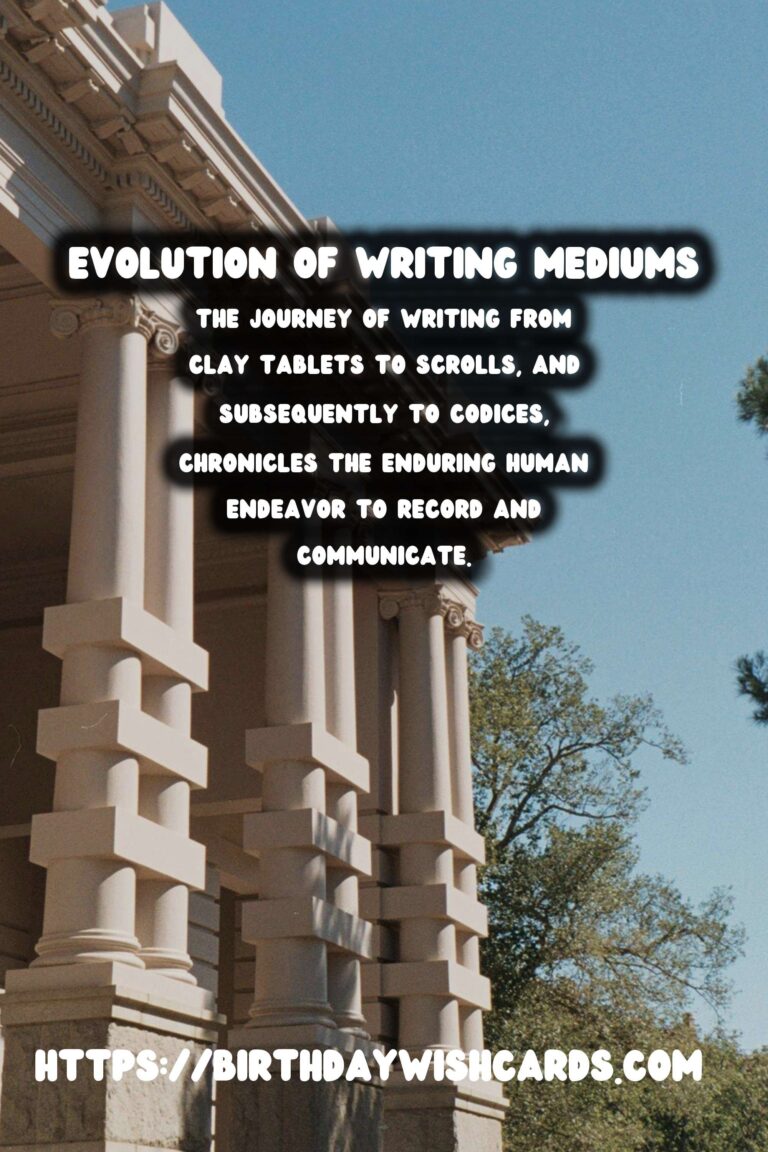
Writing—it’s a cornerstone of human history, shaping cultures, economies, and personal expression. From the earliest clay tablets to the scrolls used by ancient civilizations, writing has evolved dramatically over millennia.
The Dawn of Writing: Clay Tablets
The history of writing begins in Mesopotamia, around 3200 BCE. This is where the Sumerians developed one of the earliest known writing systems—cuneiform. Created using a reed stylus that imprinted wedge-shaped marks on soft clay, cuneiform started as a means of recording transactions and evolved to express language and thoughts.
Cuneiform’s significance grew alongside complex societies. With the advent of writing, the creation and storage of information became easier, paving the way for advanced record-keeping and literature.
Egyptian Hieroglyphs and Papyrus
Around the same time, the ancient Egyptians were cultivating their method of writing—hieroglyphs. These pictorial symbols, etched into stone or written on papyrus scrolls, articulated the history, religion, and culture of Egypt.
Papyrus was a breakthrough. Made from the papyrus plant, it provided a lightweight and portable medium for writing, distinct from the heavy clay tablets. Its advent marked the first step towards more widespread and accessible information dissemination.
The Impact of Scrolls
Both in Egypt and across other civilizations like the Hebrews and Greeks, papyrus scrolls became prevalent. Scrolls facilitated more complex and longer texts, allowing for greater literary and scholarly exploration.
These scrolls played crucial roles in religious and cultural transmission. Sacred texts, laws, and literature were preserved with a dedication reflective of their importance to society.
Evolution into Codices
The progression from scrolls to codices—a bound set of pages—marked a significant transformation in writing history. Introduced by Romans, the codex format facilitated easier access to information, serving as a precursor to modern books.
The codex further revolutionized the preservation and dissemination of information, ensuring the survival of ancient texts through the ages.
Conclusion
The journey of writing from clay tablets to scrolls, and subsequently to codices, chronicles the enduring human endeavor to record and communicate. It is a testament to the transformative power of communication in shaping civilization.
Writing—it’s a cornerstone of human history, shaping cultures, economies, and personal expression. The journey of writing from clay tablets to scrolls, and subsequently to codices, chronicles the enduring human endeavor to record and communicate. 
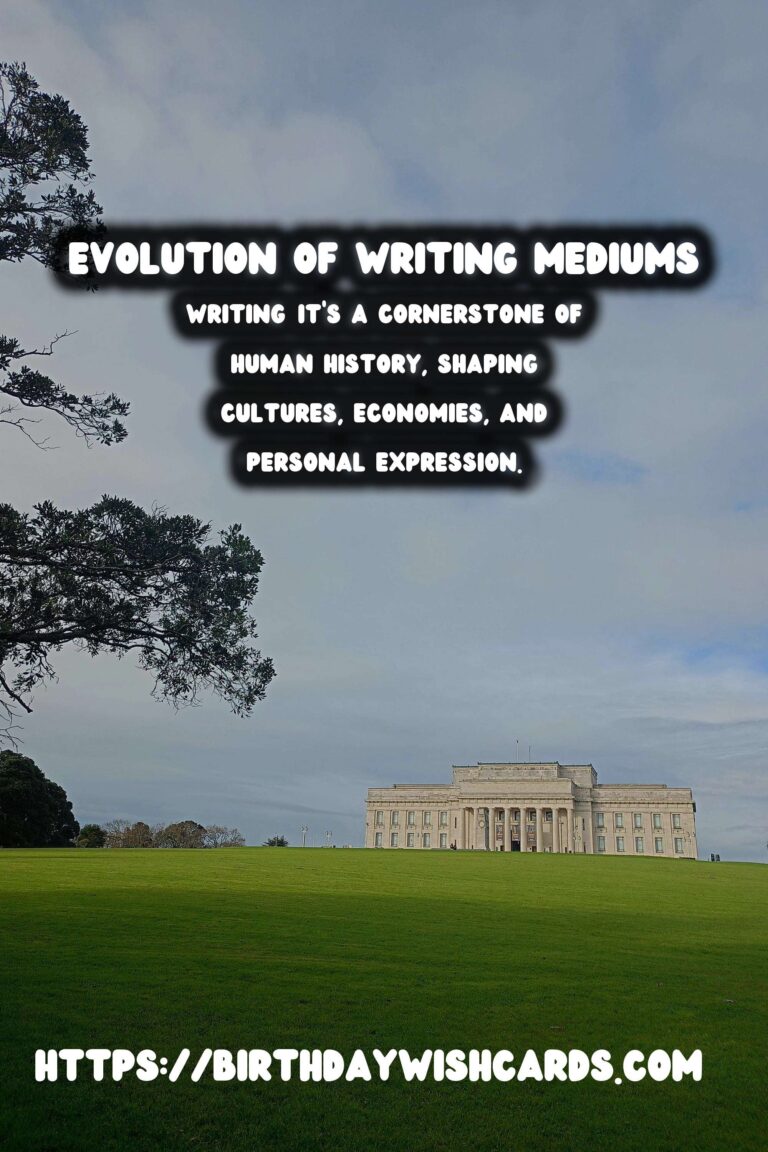
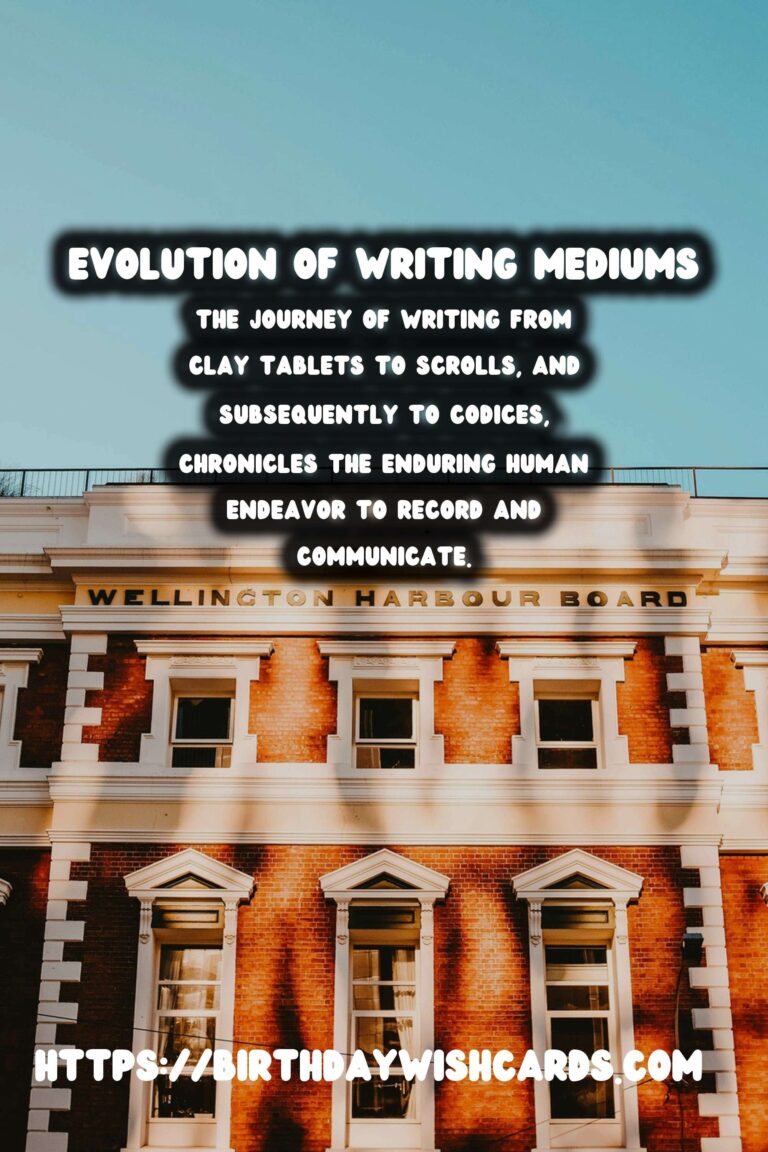
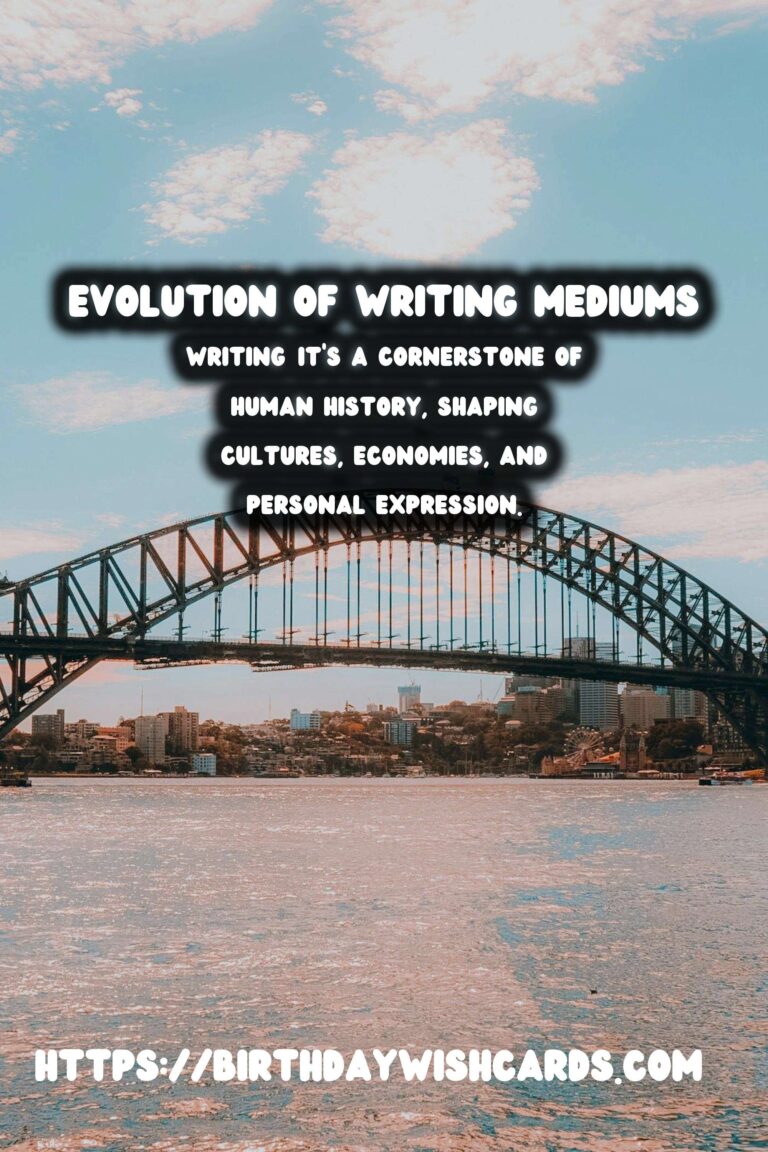
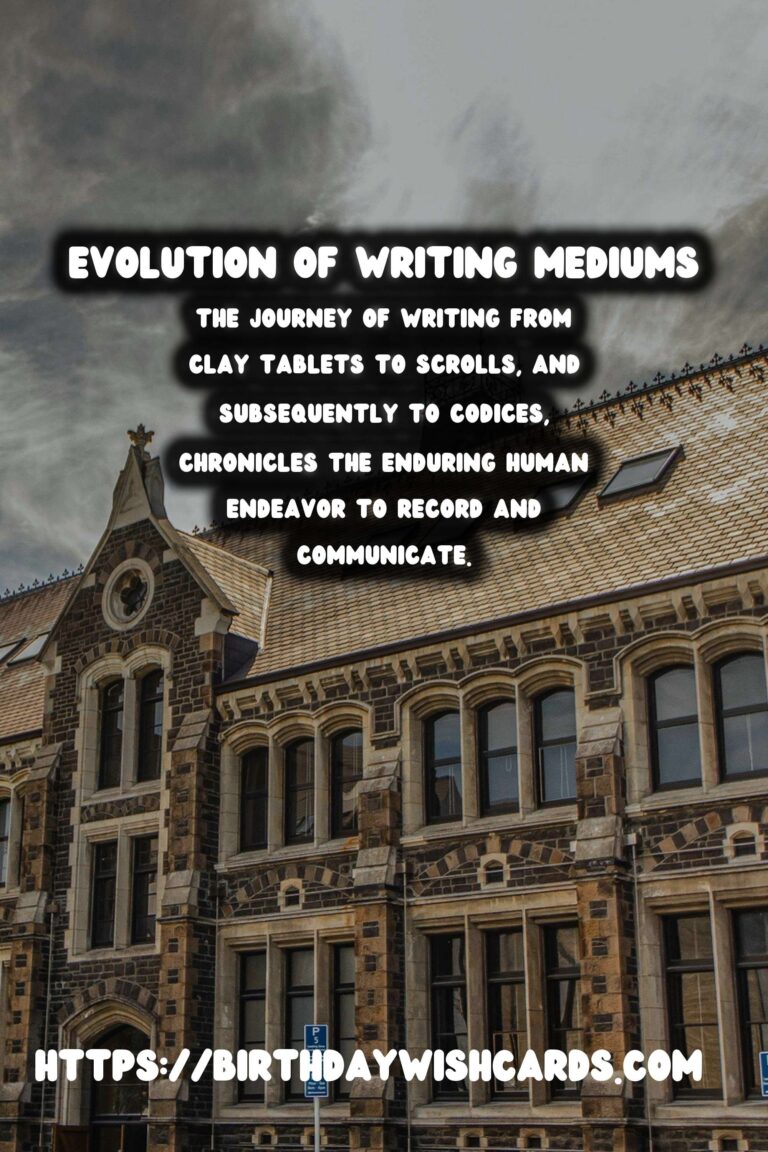

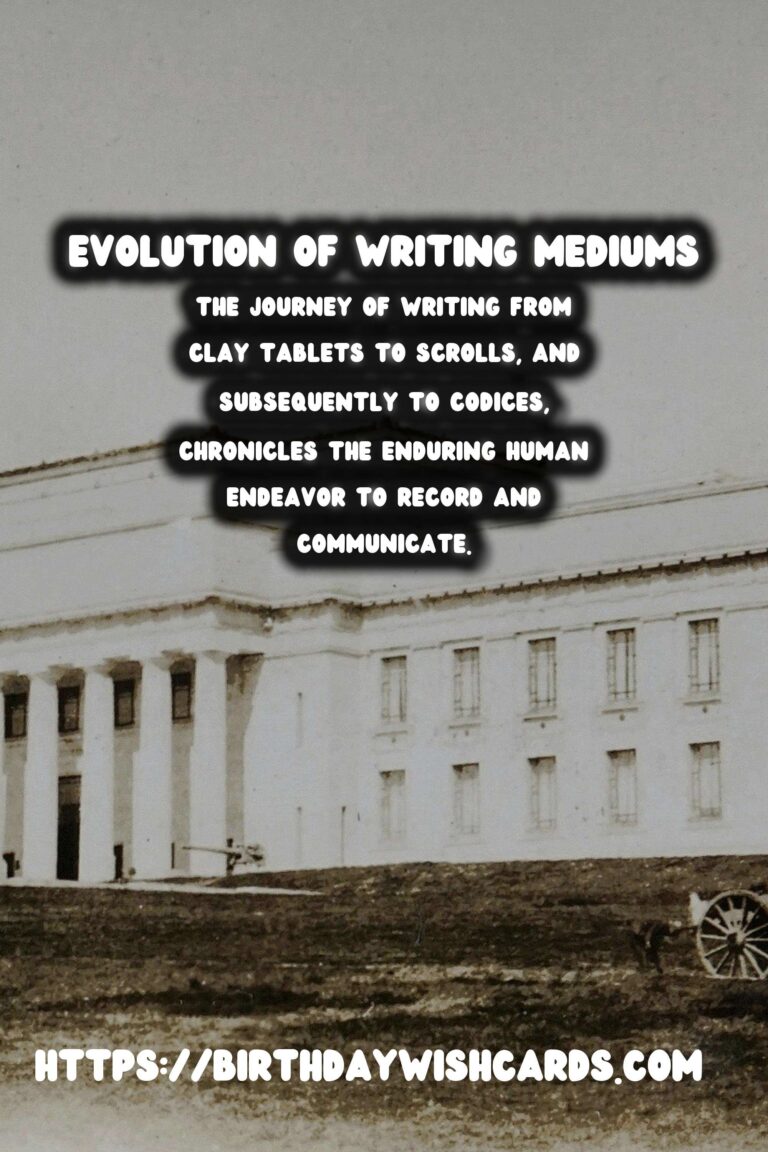

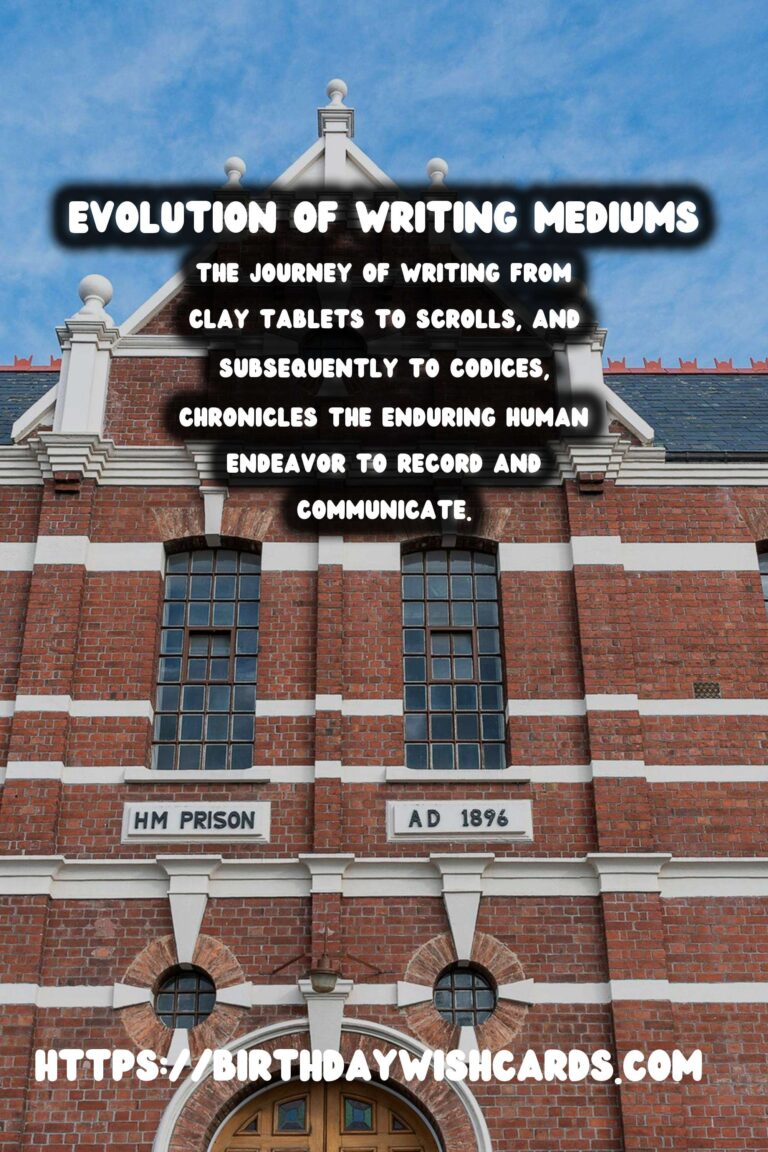
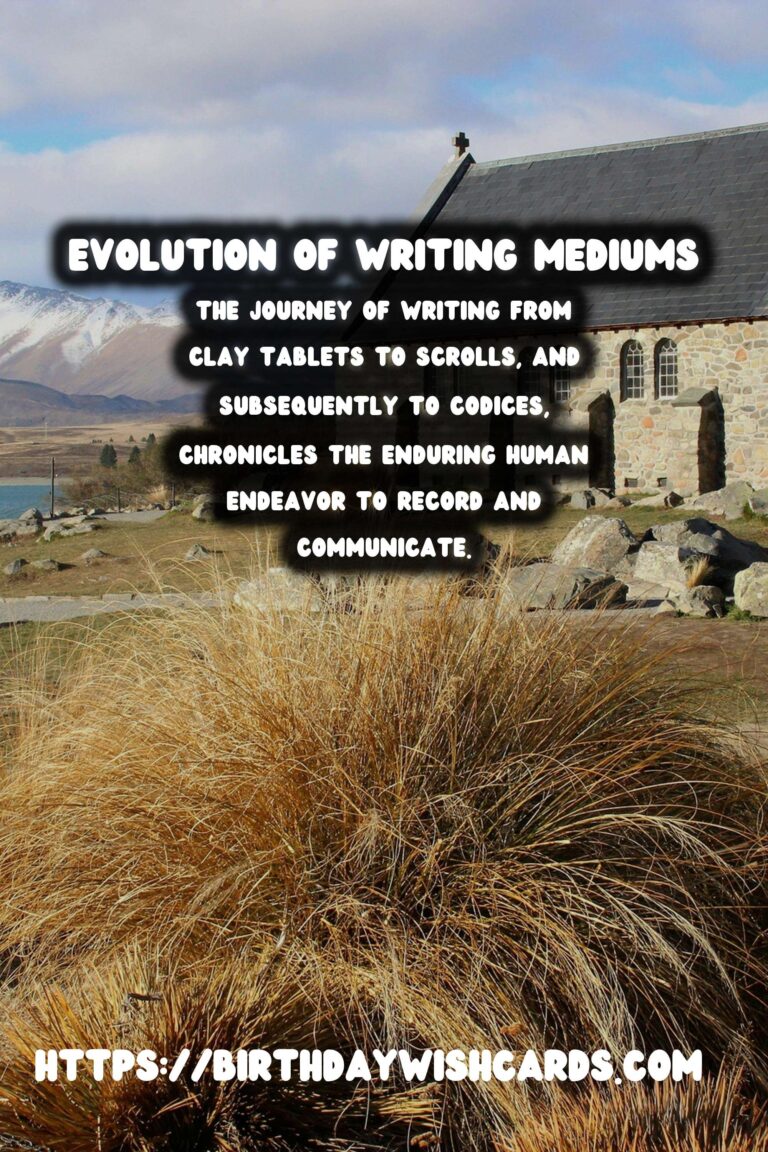
#HistoryOfWriting #ClayToScrolls




